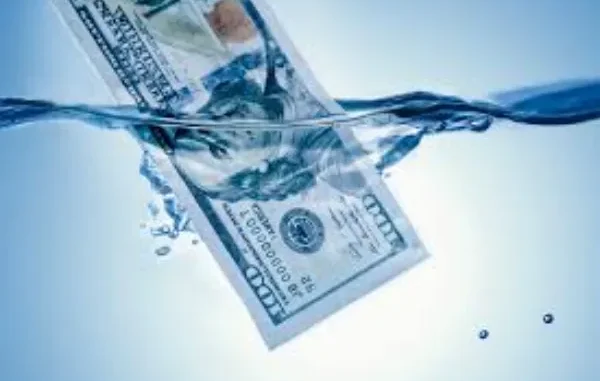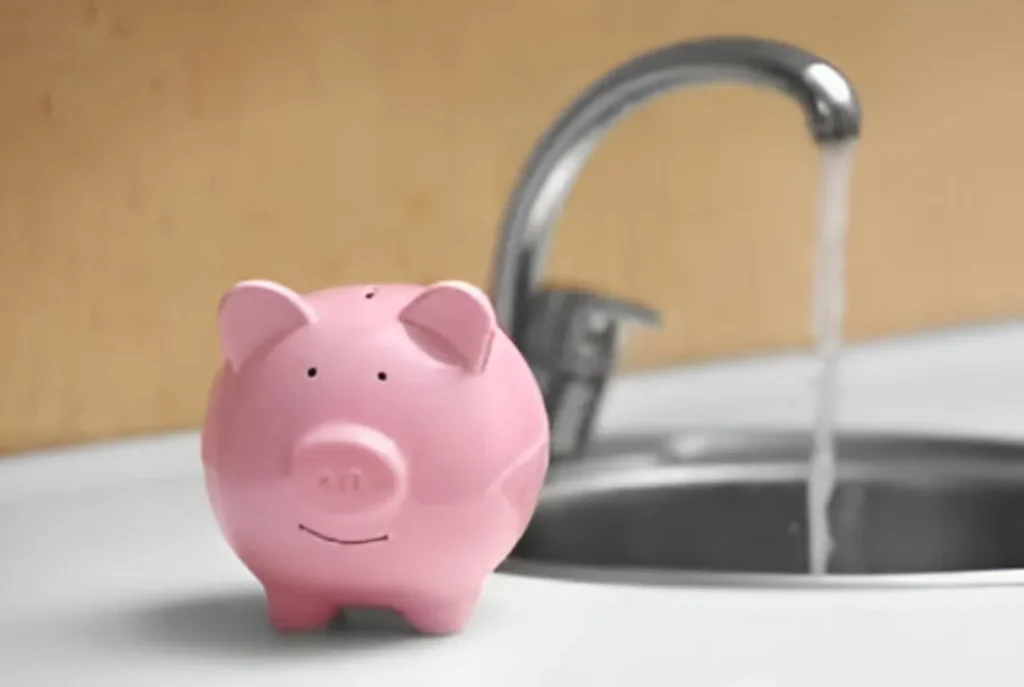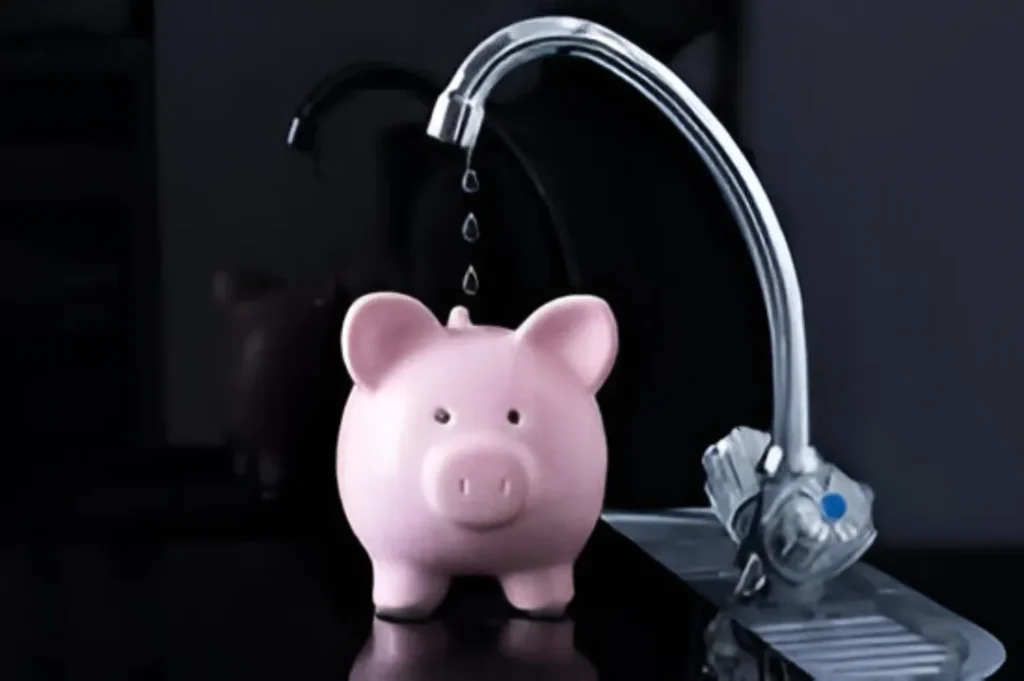
Keeping your water bill low isn’t just good for your wallet—it’s also better for the environment. Small plumbing adjustments can lead to big savings without sacrificing comfort. This guide offers simple, expert-backed plumbing tips to help you cut water costs and reduce waste.
Understanding Your Water Bill and Its Major Contributors
How Water Bills Are Calculated
Your water bill is made up of several parts: the amount of water you use, sewage fees, and service charges. Most bills show how many gallons or cubic feet of water you’ve consumed. Checking your water meter regularly helps you understand your usage and catch leaks early. Keeping an eye on your meter can reveal hidden problems that may be costing you extra money.
Common Plumbing-Related Water Wasters
Many households unknowingly waste water through leaky toilets, dripping faucets, and inefficient appliances. For example, a constantly running toilet can leak hundreds of gallons a week. Hidden leaks in underground pipes can also lead to large spikes in your bill. Identifying these problems early stops money from slipping away unnoticed.
The Impact of Excessive Water Usage
Reducing water consumption is good for the planet and saves you money. Studies show that households can cut their water bills by up to 30% with minor changes. Besides saving cash, less water waste means less strain on local water sources, helping the environment stay healthy.
Detecting and Fixing Leaks to Save Water and Money

How to Identify Leaks in Your Home
Start with your toilet — add a few drops of food coloring to the tank and see if color appears in the bowl after 15 minutes. A slow leak adds up quickly. Listen for dripping faucets or hissing pipes. Check outdoor hoses and underground pipes, especially if you notice damp spots or lush grass in certain areas. Monitoring your water meter is another way—if it moves while nothing is running, you likely have a leak.
DIY Leak Repairs
Fixing a dripping faucet can take minutes—tighten the valve or replace worn washers. Toilets with constant running issues may need a new flapper or fill valve. If repairs seem complex, calling an Irvine plumber is smart to avoid bigger problems. Regular maintenance keeps leaks at bay, saving you money in the long run.
Preventing Future Leaks
Set a routine to inspect fixtures periodically. Install high-quality, leak-proof fixtures designed to last. Upgrading to newer, more durable toilets and faucets prevents leaks and reduces water use. Prevention keeps your plumbing system working smoothly without costly emergencies.
Upgrading to Water-Efficient Fixtures and Appliances
Low-Flow Toilets and Urinals
Swapping out old toilets for low-flow models can cut toilet water use by half. Modern designs flush effectively with less water. Although the initial cost is higher, you’ll save hundreds on your water bill each year.
Water-Saving Showerheads and Faucets
Many new showerheads use less than 2 gallons per minute, down from 5 gallons or more. Choose models with the WaterSense label—they meet federal standards for efficiency. Installing these fixtures is a simple and fast way to reduce daily water use.
High-Efficiency Appliances
Energy Star-rated dishwashers and washing machines use less water and energy. They often come with eco-friendly cycles that save water without sacrificing cleaning power. Investing in these appliances means bigger savings over their lifespan.
Practical Water Usage Tips for Daily Habits

Shortening Shower Duration
Showering takes up a large chunk of water use. Cutting shower time by just a few minutes can save hundreds of gallons per month. Encourage family members to take 5-minute showers. Simple reminders make a big difference.
Turning Off Taps When Not in Use
Turn off the tap while brushing teeth or washing dishes. Installing motion sensors or automatic shut-off valves makes this easier. Small habits like these quickly add up to big savings.
Efficient Dishwashing and Laundry
Wash full loads instead of partial ones. Use eco-cycle settings when available. This reduces water and energy use, helping you cut costs while still getting chores done efficiently.
Plumbing Maintenance and Regular Inspection
Scheduled Plumbing Checks
Have a professional inspect your plumbing system once a year. Check pipes, fixtures, and your water heater for leaks or corrosion. Catching problems early prevents costly repairs and water waste.
Replacing Outdated or Corroded Pipes and Fixtures
Old pipes and fixtures can leak or break unexpectedly. Look for rust, discoloration, or reduced water flow. Upgrading to corrosion-resistant materials extends the life of your plumbing and prevents waste.
Preventive Tips
Insulate pipes to avoid bursts during cold weather. Install a pressure regulator to prevent excessive water pressure that causes leaks. Regular maintenance saves you worry and money.
Conclusion
Staying on top of your plumbing system is key to saving money on your water bill. Simple upgrades, routine maintenance, and daily habits all play a role. Taking action now can lead to immediate savings and protect the environment. Small changes today make a big difference tomorrow. Start implementing these tips and watch your water bills drop while helping conserve one of our most precious resources.






Leave a Reply